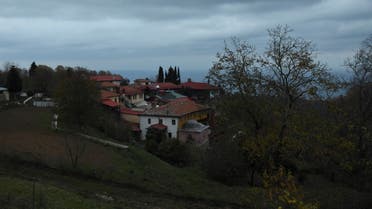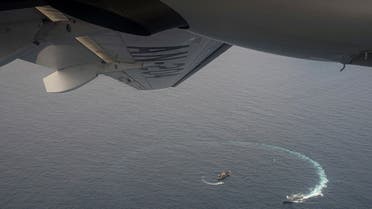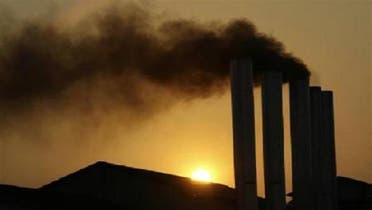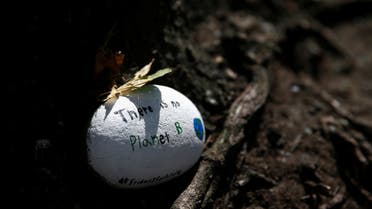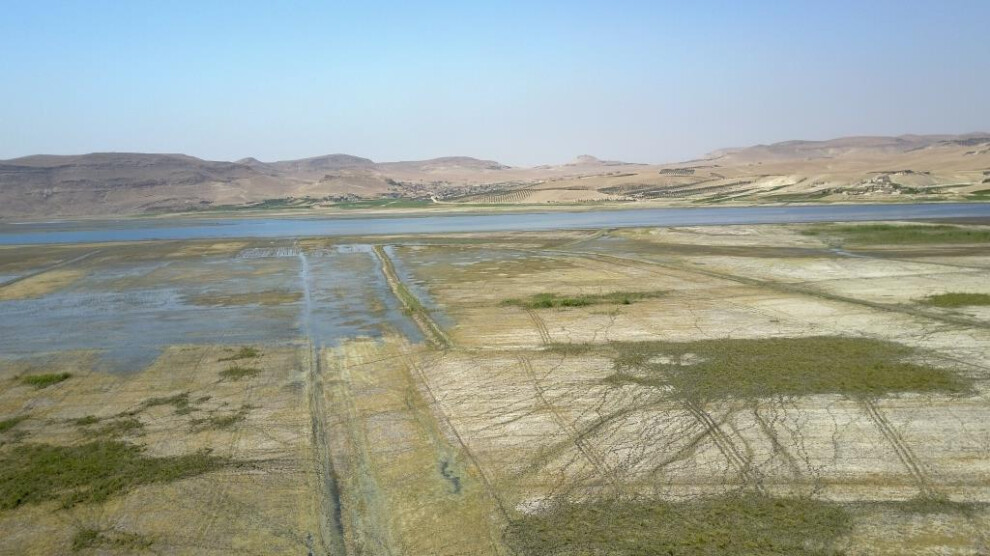Ninety years ago, in 1932-1933, Ukraine lost millions of people to the Holodomor, the genocidal “death by famine” engineered by Joseph Stalin and his minions. Today, Ukraine is on the verge of experiencing a Kholodomor, a genocidal “death by freezing” engineered by Vladimir Putin and his minions.
At least 4 million Ukrainian peasants were killed in the Holodomor. At its height, some 25,000 people starved daily. The “kill rate” was no less than 8 million per annum, which exceeds even that of the Holocaust. Stalin made the famine to punish the Ukrainians for their traditional resistance to Russian and Soviet rule and his policy of collectivization.
Putin’s motives are identical. He began a genocidal war against Ukraine on Feb. 24. Russian missiles and shells have targeted hospitals, schools, kindergartens, shopping centers and thousands of apartment buildings. The targets are not random or the result of bad aim. The Russian armed forces are purposely destroying Ukrainians and their identity. In addition to killing, Ukrainians have been tortured, raped, evicted, deported and kidnapped — all in a systematic and intentional effort “to destroy, in whole or in part, a national, ethnical, racial or religious group.”
The Kholodomor is a continuation of Russia’s genocidal policies by other means. Instead of outright physical violence, Moscow is intent on killing Ukrainians in the manner of the Holodomor — slowly, by depriving them of heat and sustenance. Since Ukraine’s winters are very cold and very long, and since the forthcoming winter is expected to be unusually cold, the chances are great that tens of thousands — especially the very young, the very old, and the infirm — will freeze to death or starve, as medical facilities and stores close and transportation networks shut down.
The war will continue, however, as Ukrainians realize that they have no choice but to fight. Their ability to push the Russians out of the occupied territories will remain largely undiminished as well. And Putin and his generals surely know this. The Kholodomor, in other words, has no military purpose. It’s purely and simply an act of genocide.
The countries of the collective West know this, too. Even if they might dispute the appropriateness of the genocide label, all Europeans, North Americans, and their democratic allies in other parts of the world know mass murder when they see it. And they also know that their publicly stated commitment to human rights obliges them to do something to stop the Kholodomor. Of course, they also knew about the Holodomor but did nothing about it.
This time, things appear to be different: The West has been supplying Ukraine with impressive amounts of military, financial and humanitarian aid, and there’s a good chance that Ukraine will receive more than just a few anti-missile defense systems that will enable it to shield its energy networks and population centers from Russian attack.
For both strategic and humanitarian reasons, the United States and United Kingdom have taken the lead in helping Ukraine avoid genocide. But the two countries that should be in the forefront of the anti-genocide effort are Germany and Israel. After all, Germany committed the Holocaust, and Jews were its victims. If anybody knows something about genocides and why they should happen “never again,” it’s surely the Germans and the Israelis.
Instead, although Germany supports Ukraine politically, it has been reticent about supplying it with the weapons it needs to defend itself. Israel, meanwhile, has hemmed and hawed about the war and has provided Ukraine with no weapons at all.
To be sure, both Germany and Israel have their reasons — the key one being not wanting to burn all bridges to Russia. That may make strategic sense but remaining silent while Ukraine is being subjected to a genocide undermines the sincerity of German efforts to atone for the Holocaust and Israeli efforts to commemorate it. And their moral discreditation will have untold negative consequences for the international community’s campaign to prevent genocides. If the Germans and Israelis care only about the genocide the former perpetrated and the latter survived, then why should anyone care about faraway genocides in other parts of the world?
A recently published “appeal of Ukrainian Jews to the president, government, Knesset, and civil society” of Israel emphasizes the importance of moral concerns. The 106 prominent signatories, representing all walks of life, write that “from the first days of the massive attack we expected the understanding and support of Israel.” Unfortunately, “we bitterly acknowledge that our expectations of help proved to be almost hollow.” The appeal then says: “We are aware of the security considerations by which the responsible leaders of your country must be guided. But we consider the logic that led to the outrageous inactivity of the government to be not only amoral, but also unjustified. The attempt to avoid enraging Russia in no way differs from attempts to placate terrorists. Both Ukraine and Israel know what the risks of such behavior are.”
German reluctance and Israeli silence are morally indefensible, and both countries should be ashamed, if only because present and future genocidaires — Putin and his imitators — will applaud such cowardice and conclude that mass murder can and will go unpunished.
Alexander J. Motyl is a professor of political science at Rutgers University-Newark. A specialist on Ukraine, Russia and the USSR, and on nationalism, revolutions, empires and theory, he is the author of 10 books of nonfiction, as well as “Imperial Ends: The Decay, Collapse, and Revival of Empires” and “Why Empires Reemerge: Imperial Collapse and Imperial Revival in Comparative Perspective.”

